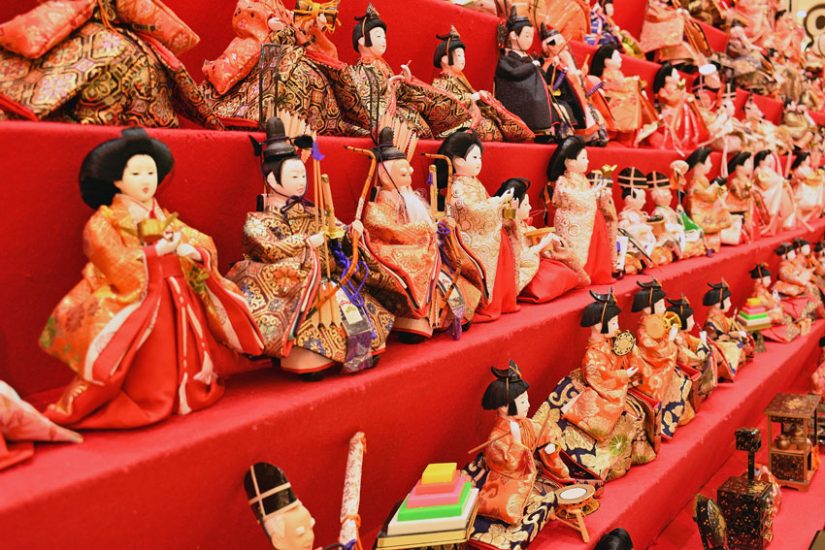khakisofirvington.com – Hina Matsuri, also known as Doll Festival, is a cherished Japanese tradition celebrated annually on March 3rd. This elegant festival is dedicated to praying for the health and happiness of young girls. The centerpiece of the celebration is a stunning display of dolls, known as hina dolls, which represent the imperial family.
The Origins of Hina Matsuri
The origins of Hina Matsuri can be traced back to the Heian period (794-1185), when a custom emerged of displaying dolls as offerings to deities. Over time, the festival evolved into a celebration of young girls, and the dolls came to symbolize the hopes and dreams of growing up gracefully and finding happiness.
The Hina Doll Display
The heart of Hina Matsuri is the hina doll display, or hina ningyo. These dolls are meticulously crafted and arranged on tiered shelves, creating a beautiful and symbolic tableau. The top tier typically features the Emperor and Empress dolls, followed by court ladies, musicians, and other figures.
The Symbolism of the Dolls
Each doll in the display holds symbolic meaning. The Emperor and Empress dolls represent the ideal couple, while the court ladies symbolize various virtues and skills. The musicians and other figures represent the hopes and dreams of young girls, such as finding a good husband, living a happy life, and achieving academic success.
The Rituals of Hina Matsuri
On Hina Matsuri, families gather to admire the hina doll display and offer prayers for the well-being of their daughters. Traditional foods, such as hishimochi (diamond-shaped rice cakes) and shirozake (sweet white sake), are served during the festivities.
The End of the Festival
After the festival, the hina dolls are carefully packed away until the following year. It is believed that leaving the dolls displayed for too long can bring misfortune to the family. The act of putting away the dolls symbolizes the passing of time and the hope for a bright future.
A Timeless Tradition
Hina Matsuri is a timeless tradition that continues to be celebrated with great enthusiasm in Japan. The festival’s elegant beauty, rich symbolism, and cultural significance make it a cherished event for families across the nation.
